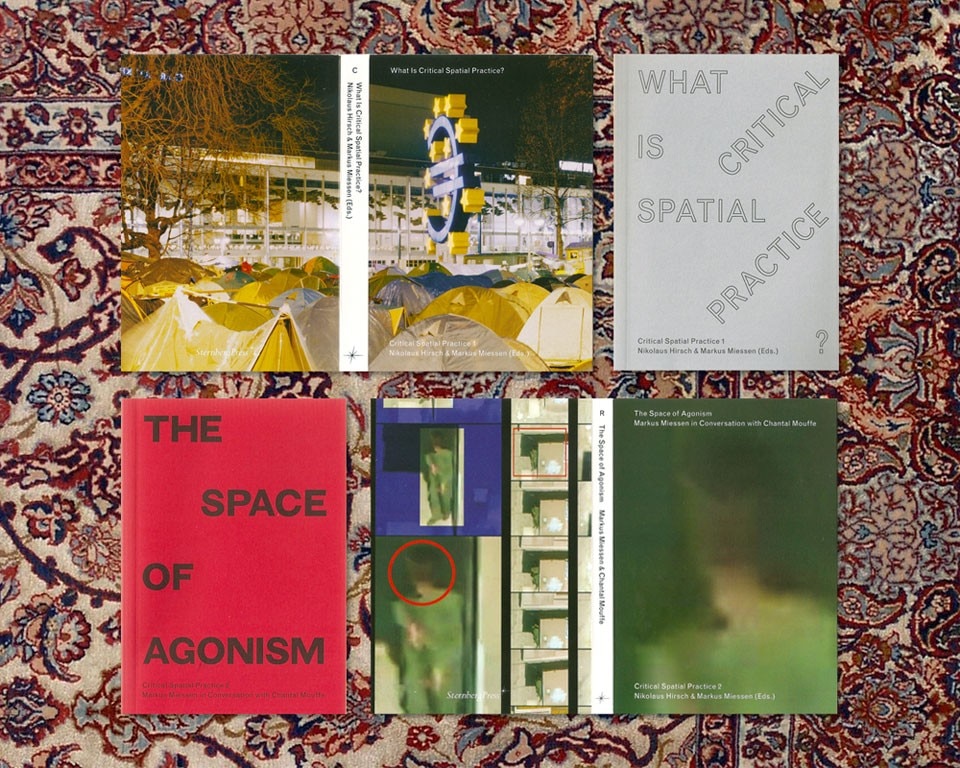Nikolaus Hirsch, Markus Miessen (eds.), What is Critical Spatial Practice?, Sternberg Press, Berlin 2012 (pp. 240; €15.00)
Nikolaus Hirsch, Markus Miessen (eds.), The Space of Agonism, Markus Miessen in Conversation with Chantal Mouffe, Sternberg Press, Berlin 2012 (pp. 148; €15.00)
A mainstream public discourse of apprehension and reconciliation has emerged over the past ten years, as architects have begun to rediscover the inherent power of creating space. In this spirit, the Critical Spatial Practice book series, edited by Nikolaus Hirsch and Markus Miessen, takes as a historical starting point the post-financial crisis social movements and seeks to uncover a deeper affinity and significance underlying the recent compulsion to “be political”. The series follows on Miessen’s trilogy on Participation, and accompanies his recently initiated Architecture and Critical Spatial Practice program at the Städelschule, Staatliche Hochschule für Bildende Künste, Frankfurt. Critical Spatial Practice attempts to understand how creators of space can act as active political agents, and how space can facilitate political agency itself. Tactfully avoiding a preemptive answer to such broad issues, the editors construct a larger discursive foundation about how space can be interpreted as a political medium within which action can take place.
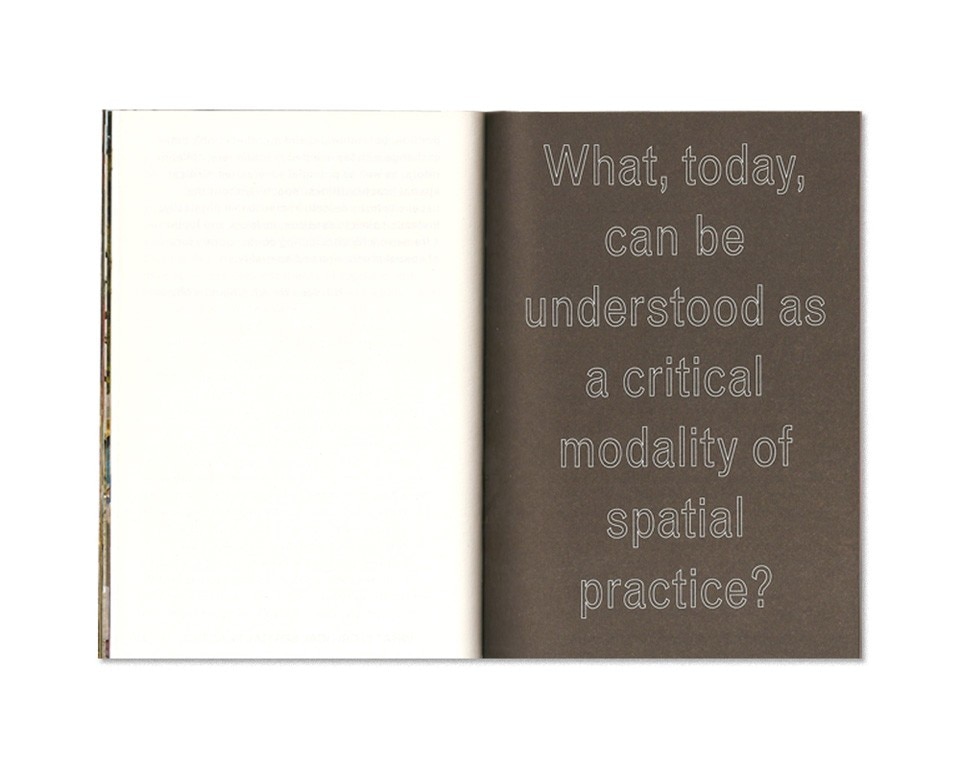
It immediately becomes apparent that not only is criticality itself not dead, it has possibly never been so alive
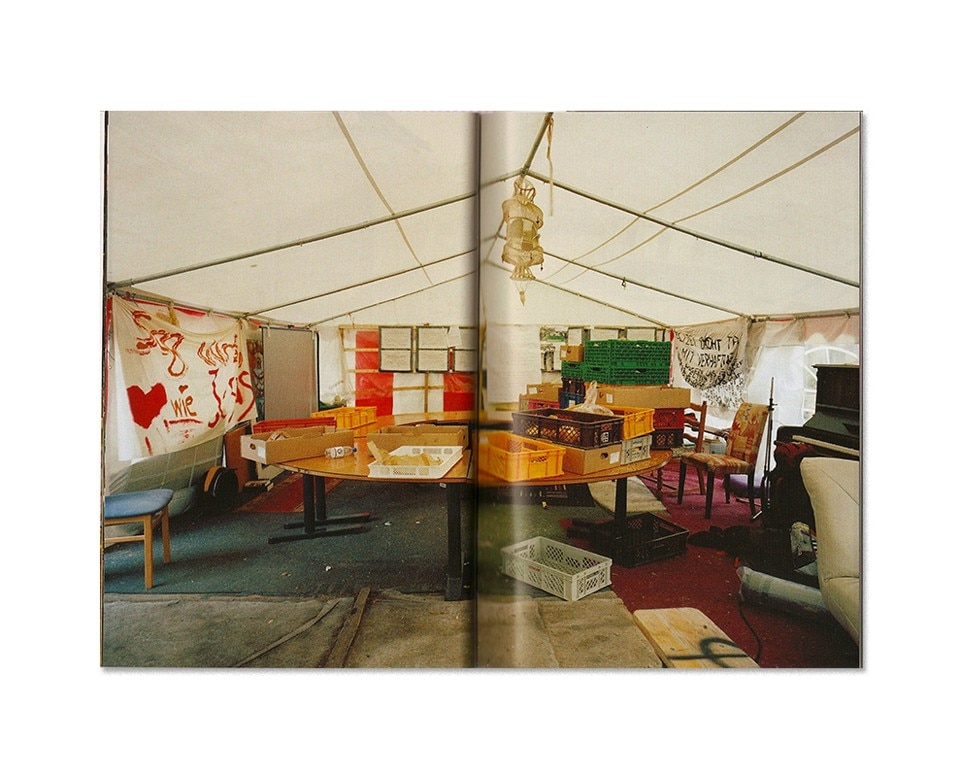
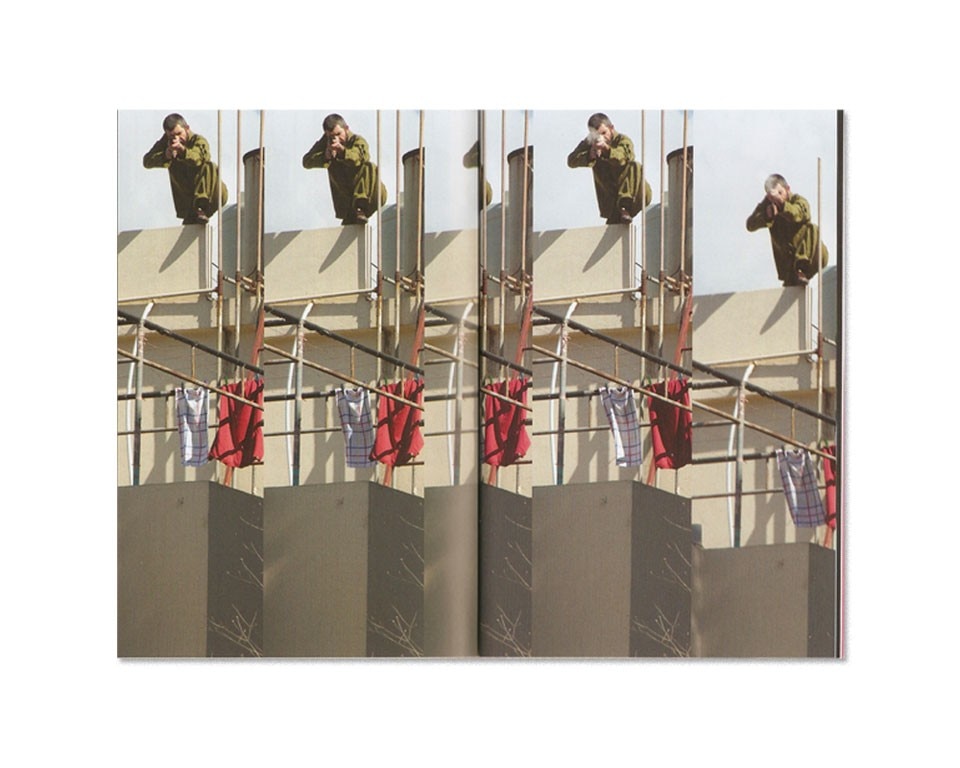
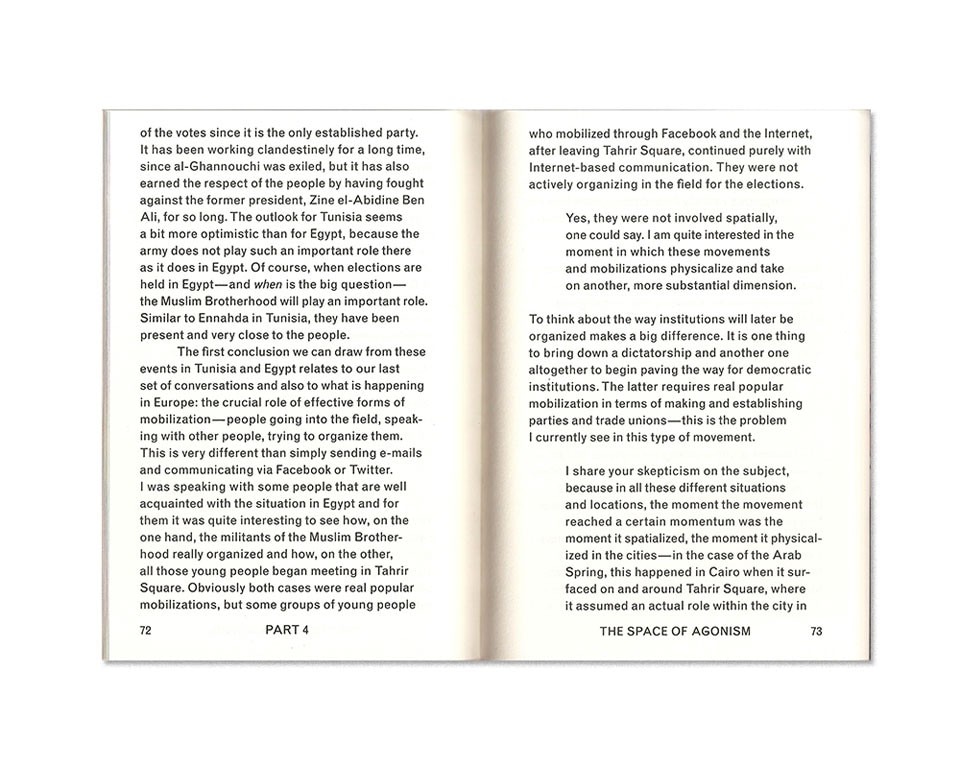
More than just a small and portable set of provocations, by creating books that physically represent the central concept they are trying to discuss, the Critical Spatial Practice series transcends compulsion, offering instead a reflective performance of the political. Nick Axel (@alucidwake)
Notes
1. Mouffe, Chantal. On the Political. London: Routledge, 2005.


